426 years ago today, Gian Lorenzo Bernini was born. This Italian master sculptor and architect created the Baroque style, one of the four great European architectural styles. Praised by lords, celebrated by peers, patronized by Popes and cardinals, and hailed as the next Michelangelo and as the equal to Shakespeare in contribution to his art, Bernini’s sculptural works dot the houses of European royalty and the finest museums. READ about some of his pieces… (1498)
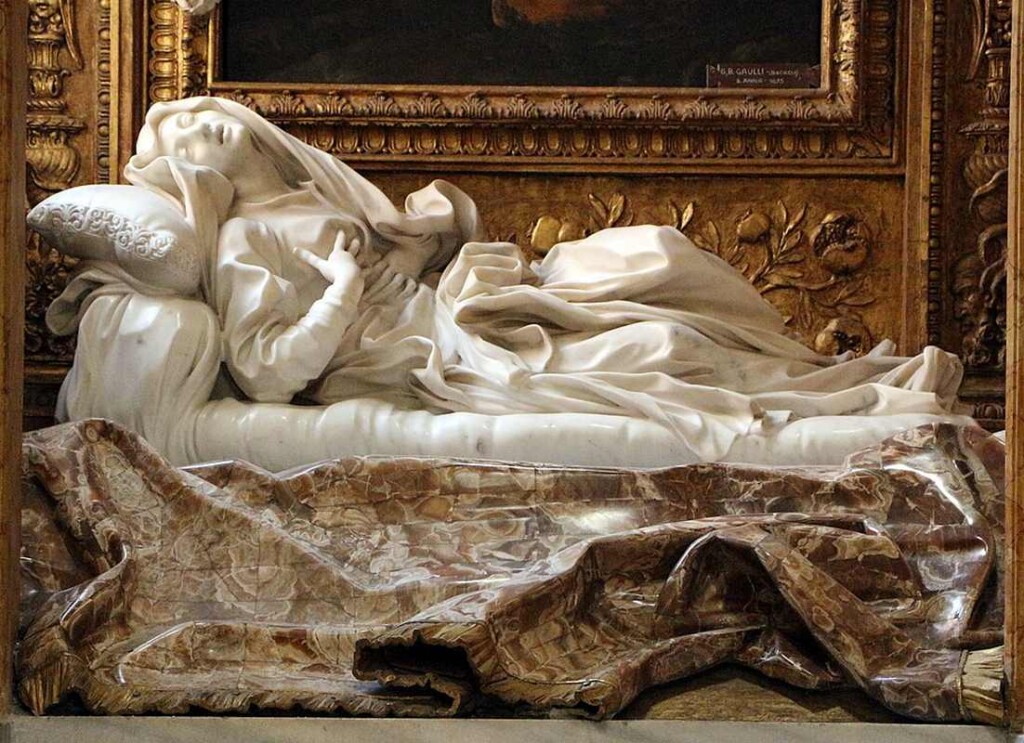
If one wanted to view the CV of Bernini in person, Rome is the place to find it. Though the man was born in Naples to Florentine parentage, his mastery inevitably attracted the attention of the Vatican. To that end, Bernini designed St. Peter’s Colonnade—the exterior space of the Vatican to which the Pope delivers his addresses.
Five fountains in Rome bear the marks of his chisel—Quattro Fiumi, Baraccia, Api, Tritone, and Moro. As a sculptor, his CV is far longer. He designed the angels upon the bridge of St. Angelo that crosses the Tiber to the Vatican’s castle of the same name, nearby St. Peter’s.

It includes the incredible, voluptuous marble of Blessed Ludovica Albertoni, a statue of David in battle, held today in the Galleria Borghese, and the Equestrian Statue of Louis XVI. It also includes the Chair of St. Peter, and St. Peter’s Baldrichan—two monumental pieces of marble art in the Vatican.
MORE Good News on This Day:
- Raspy-voiced singer-songwriter, composer, and actor Tom Waits, whose distinctive growl was honed while listening to Bob Dylan, Louis Armstrong, and Howlin’ Wolf—a style that earned him Grammy Awards and a place in the Rock and Roll Hall of Fame—was born (1949)
- Apollo 17, the final Apollo moon mission, was launched, and its crew shot the photo known as The Blue Marble (1972)
1,121 years ago today, the Persian astronomer Abd al-Rahman al-Sufi was born in modern-day Iran. His brilliant illustrations of Hellenistic constellations were made by both translating linguistically, but also systematically, since the Hellenistic star charts were made in Alexandria, Egypt. He was the first man to identify the Andromeda galaxy, describing it as a “small cloud,” and observed that the ecliptic plane is inclined with respect to the celestial equator and quite accurately calculated the length of the tropical year.
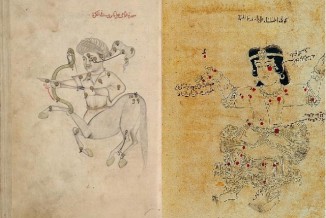
Within Abd al-Rahman al-Sufi’s book, The Book of Fixed Stars, he compared Greek and Arabic constellations and stars linking those that were the same in both texts. He included two illustrations of each constellation, one showing the orientation of the stars from the perspective outside the celestial globe and the other from the perspective of looking at the sky while standing on the Earth.
He separated the constellations into three groups: twenty-one northern constellations, twelve zodiac constellations, and fifteen southern constellations. For each of these forty-eight constellations, al-Sufi provided a star chart that contains all of the stars that form the constellation. Each star chart comprised names and numbers of the individual stars in the constellation, and provided their longitudinal and latitudinal coordinates, the magnitude or brightness of each star, and its location north or south of the ecliptic.
Despite its breadth, accomplishment, and multiple printed copies of the book existing, it wasn’t translated into other languages from the time of its original publication in Abbasid Persia, until during the Barack Obama presidency. (903)
133 years ago today, James Naismith invented the game of basketball. The Canadian YMCA sports coach was living in America and looking for a new winter indoor activity, so he nailed two peach buckets on opposite ends of a Springfield, Massachusetts College gym and instructed his students to toss soccer balls into them.
Naismith wrote the original basketball rulebook and founded the University of Kansas basketball program. He even lived to see basketball adopted in 1904 as an Olympic demonstration sport. (1891)
On this day in 1967, Otis Redding went into the studio to record “Sittin’ On The Dock Of The Bay,” 72 hours before he was to die in a plane crash.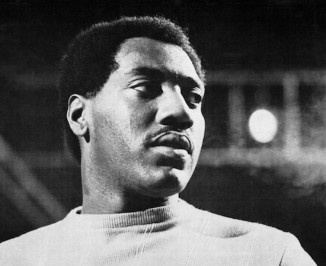
He wrote the song on a houseboat in Sausalito, California a short time after his appearance at The Monterey Pop Festival. He never saw its release or its rise to #1. Otis Redding also wrote “Respect”, the song most associated with Aretha Franklin; and recorded a famous cover of “Try a Little Tenderness”.
29 years ago today, the Galileo spacecraft arrived at Jupiter, a little more than six years after it was launched by Space Shuttle Atlantis.
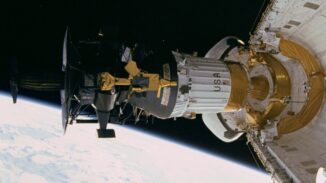
The American robotic space probe, which was named after the Italian astronomer Galileo, received gravitational assists from Venus and Earth on its journey to becoming the first spacecraft to orbit Jupiter. Galileo directly measured the atmosphere, despite suffering major antenna problems, achieved the first asteroid fly-by, and discovered the first asteroid moon. (1995)
Also on this day, in 1988, President Mikhail Gorbachev announced that the Soviet Union would unilaterally reduce armed forces by half a million men and withdraw thousands of troops and tanks from Eastern Europe.
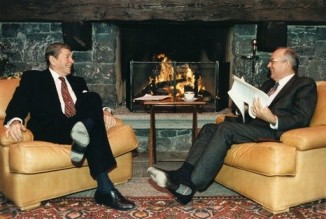
The dramatic move, articulated in front of a hushed United Nations General Assembly in New York, jumpstarted long-stalled arms negotiations with the U.S. Soviet officials said the troop reduction of 10% is unilateral and unconditional, meant to demonstrate readiness to reach an agreement with NATO on major reductions in conventional forces and armaments in Europe. It was the first time a Soviet head of state had addressed the U.N. body, and the first time one had ever been cheered by crowds on Wall St.
The troops, tanks, and fighter planes that Gorbachev vowed to pull out were soon removed from Czechoslovakia, East Germany and Hungary… Retired from politics, he wrote a memoir and several books about how he sparked the fall of the U.S.S.R. with his policy of Perestroika.
45 years ago today, Star Trek: The Motion Picture debuted on big screens starring the cast of the original television series.
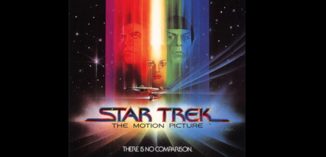
The science fiction film set in the 2270s features Admiral James T. Kirk (William Shatner) assuming command of the recently refitted Starship USS Enterprise to save planet Earth from a mysterious and immensely powerful alien cloud that is destroying everything in its path.
The first installment of the Star Trek film series premiered ten years after the TV series ended and, as usual, Commander Spock (Leonard Nimoy) figures out the cloud’s origins, which leads to the crew’s success. Its elaborate special effects ballooned the movie’s cost to $46 million, but it earned $139 million worldwide, enough for Paramount to propose a less expensive sequel, Star Trek II: The Wrath of Khan. (1979)
Share the Milestones, Memories, and Music…




















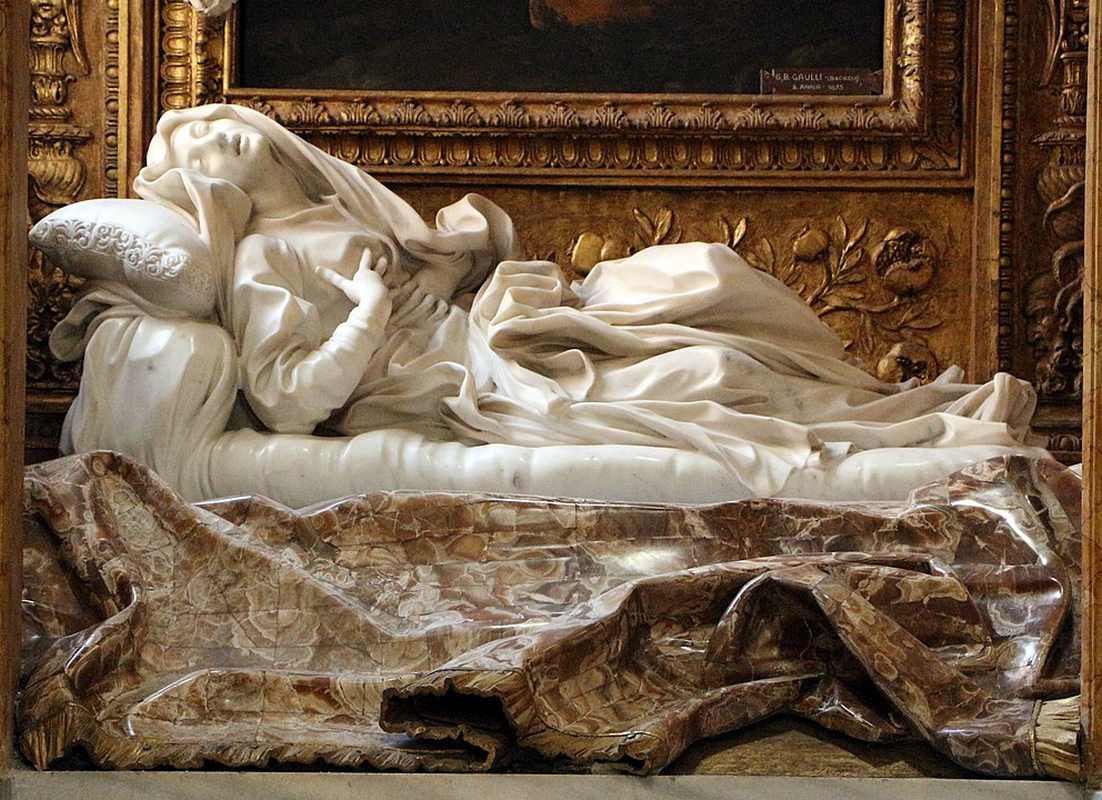
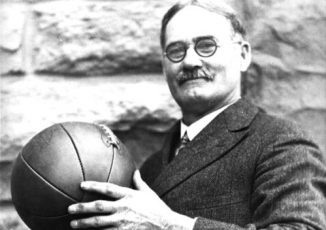
Thank you very much for noting Naismith’s nationality. So many accounts of that story don’t even mention he was Canadian!!
[…] post Good News in History, December 7 appeared first on The Good News […]